On May 16, a new study led by the University of California, San Francisco (UCSF) and funded by the US National Institutes of Health (NIH) was published in the journal Nature Aging, revealing that changes in spinal fluid proteins may be an early warning sign of frontotemporal dementia (FTD) – a common form of dementia in middle age, but easily overlooked or misdiagnosed.
FTD usually appears in people in their 40s or 50s and is easily confused with conditions such as depression, schizophrenia or Parkinson's due to similar symptoms. This is the most common form of dementia in young people but is difficult to detect due to the lack of effective diagnostic tools. With this new research, scientists hope to open up new directions in early detection and treatment of this disease.
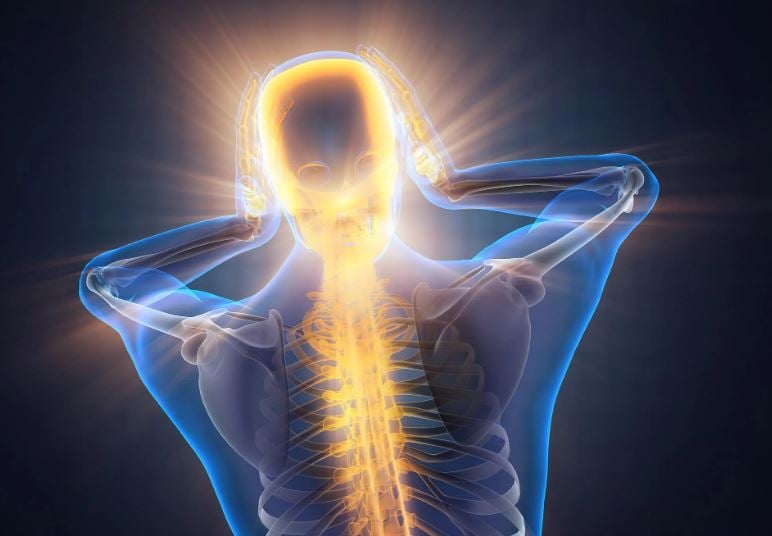
Illustration photo.
In the study, the scientists analyzed spinal fluid from 116 people with hereditary FTD and compared it with spinal fluid samples from 39 healthy relatives. Because these were genetically confirmed cases, the team had a rare opportunity to track the progression of the disease while the patients were still alive, something that had previously only been possible after death for non-hereditary forms of FTD.
The analysis revealed changes in more than 4,000 proteins. Many of these proteins were linked to RNA dysregulation, which controls how genes are expressed in the brain. Others reflected disruptions in how nerve cells connect and signal. These changes may be the earliest biomarkers of FTD, appearing long before symptoms become apparent in middle age.
“FTD affects people in their prime years of life, depriving them of their independence, but unlike Alzheimer’s, there is no definitive way to diagnose it while a patient is still alive,” said Rowan Saloner, PhD, a professor in the UCSF Memory and Aging Center and corresponding author of the study.
He highlighted the huge potential of the research: “If we can identify FTD early using some of the identified proteins, we can help patients access the right resources, join the right treatment trials, and further, provide them with the right and timely treatment.”
Source: https://doanhnghiepvn.vn/cong-nghe/phat-hien-moi-ve-protein-co-the-bao-hieu-chung-mat-tri-o-tuoi-40-50/20250521093448529


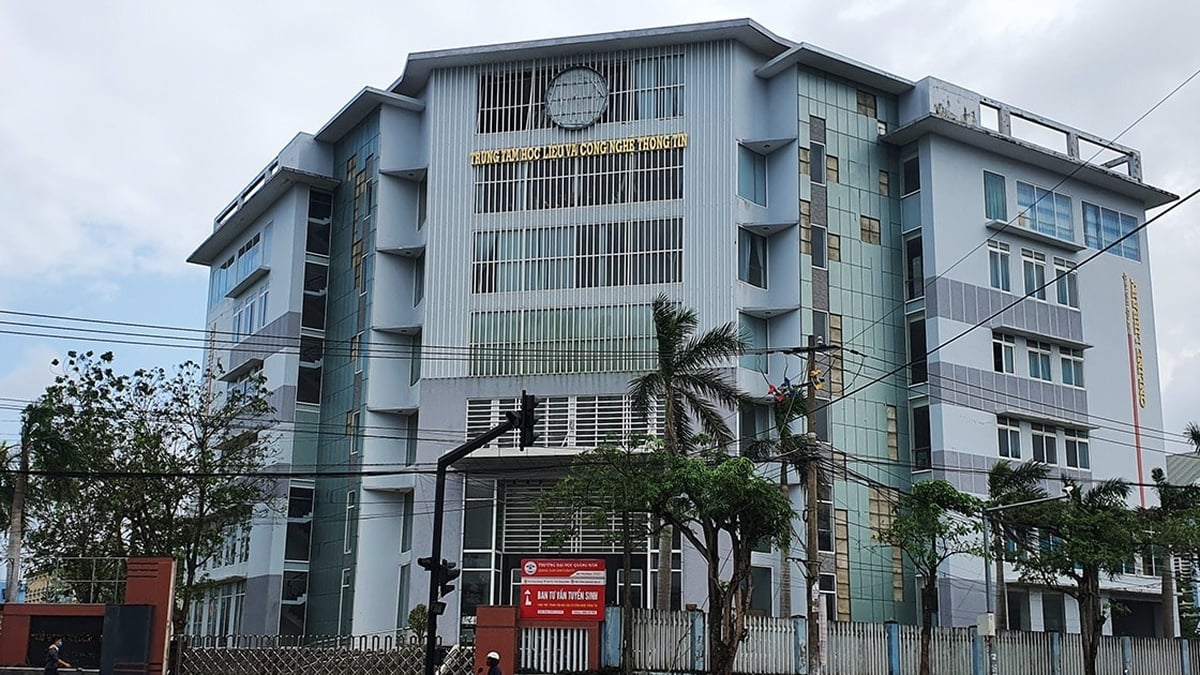

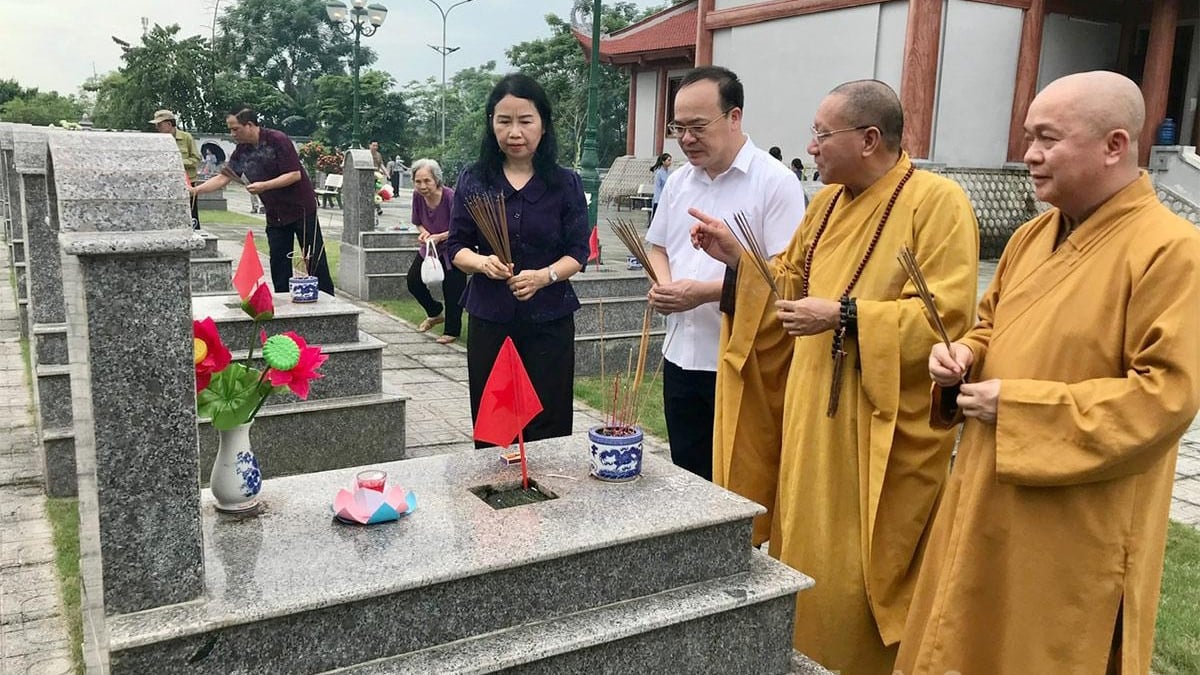

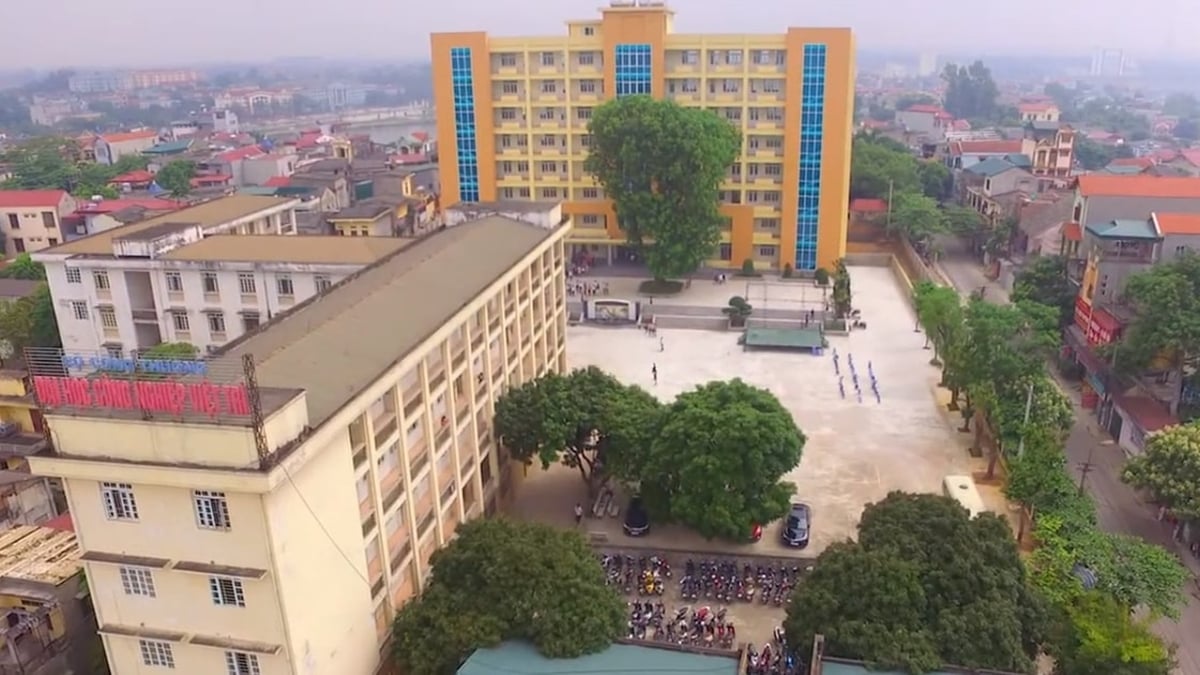

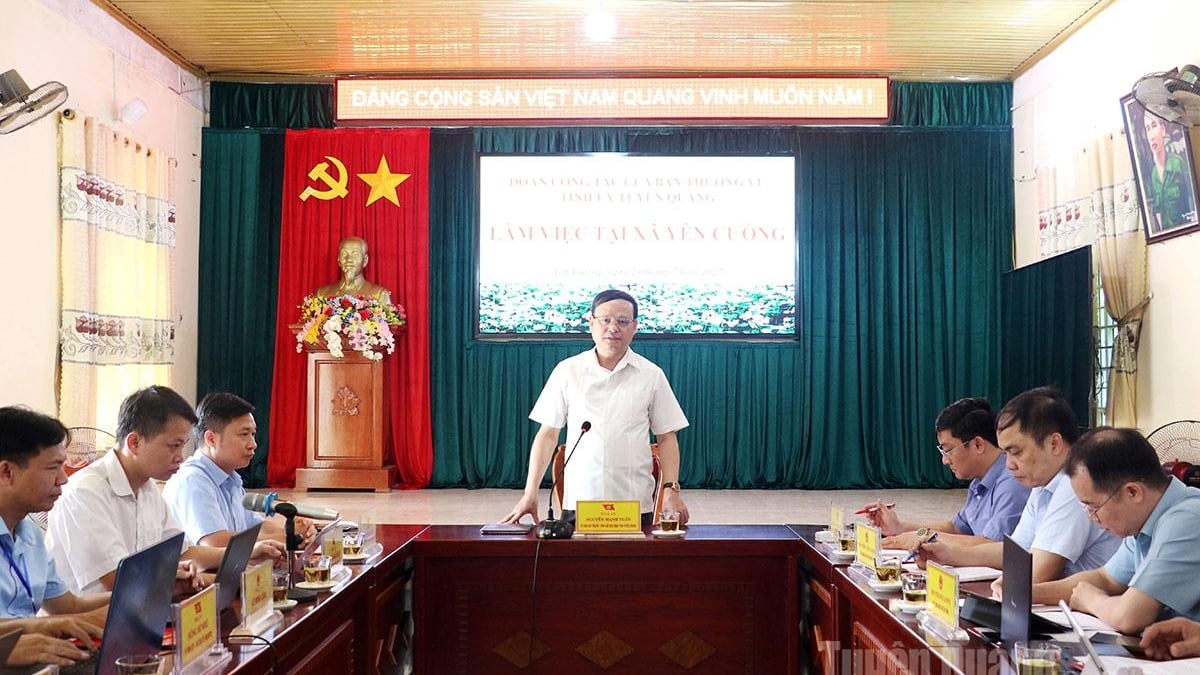



















![[Photo] National Assembly Chairman Tran Thanh Man visits Vietnamese Heroic Mother Ta Thi Tran](https://vphoto.vietnam.vn/thumb/1200x675/vietnam/resource/IMAGE/2025/7/20/765c0bd057dd44ad83ab89fe0255b783)





































































Comment (0)